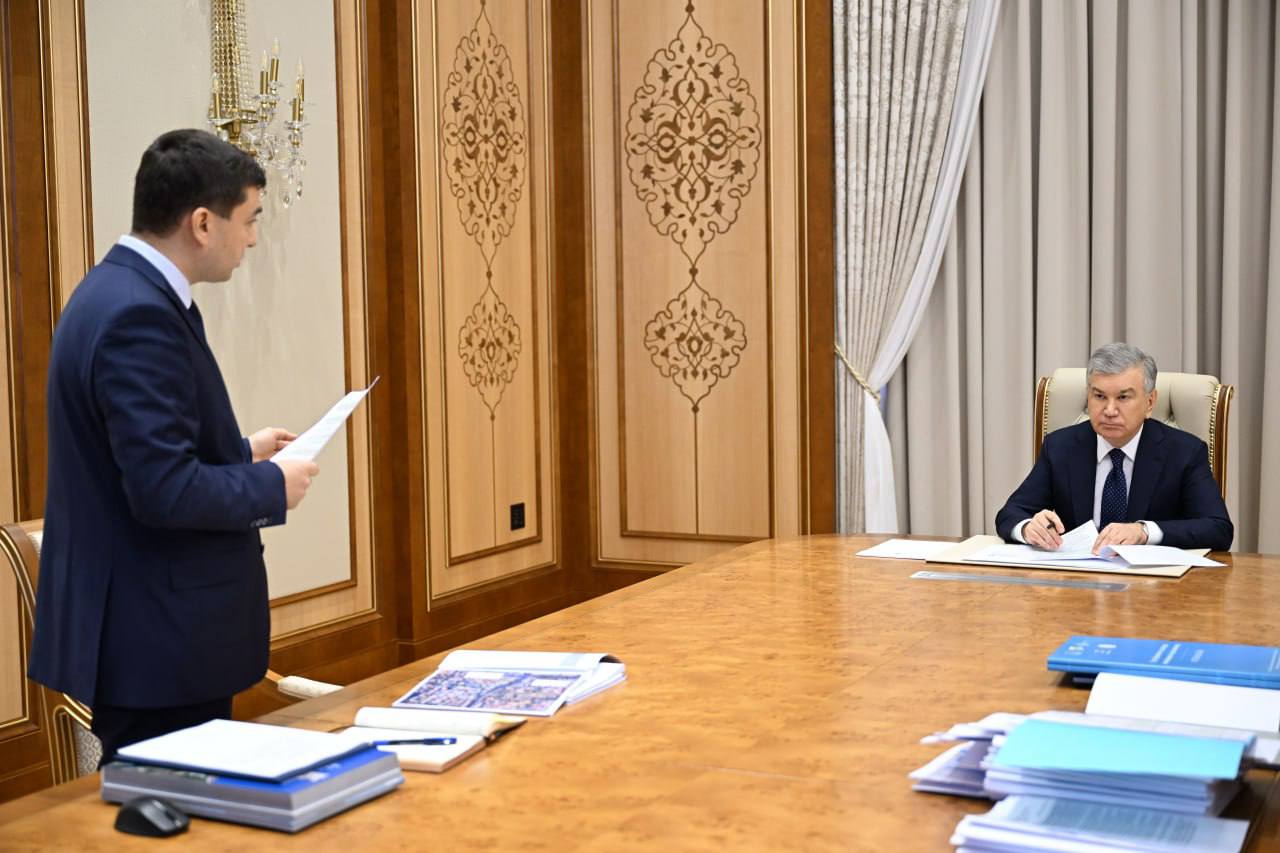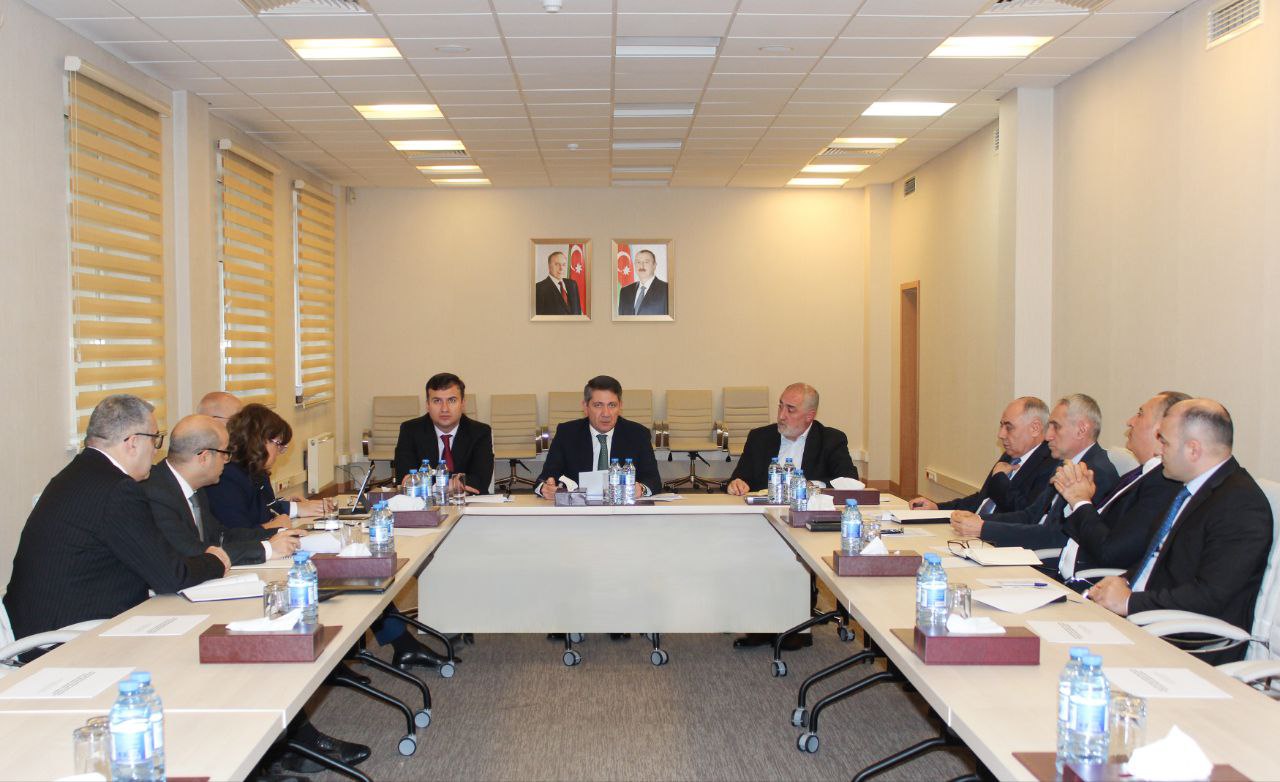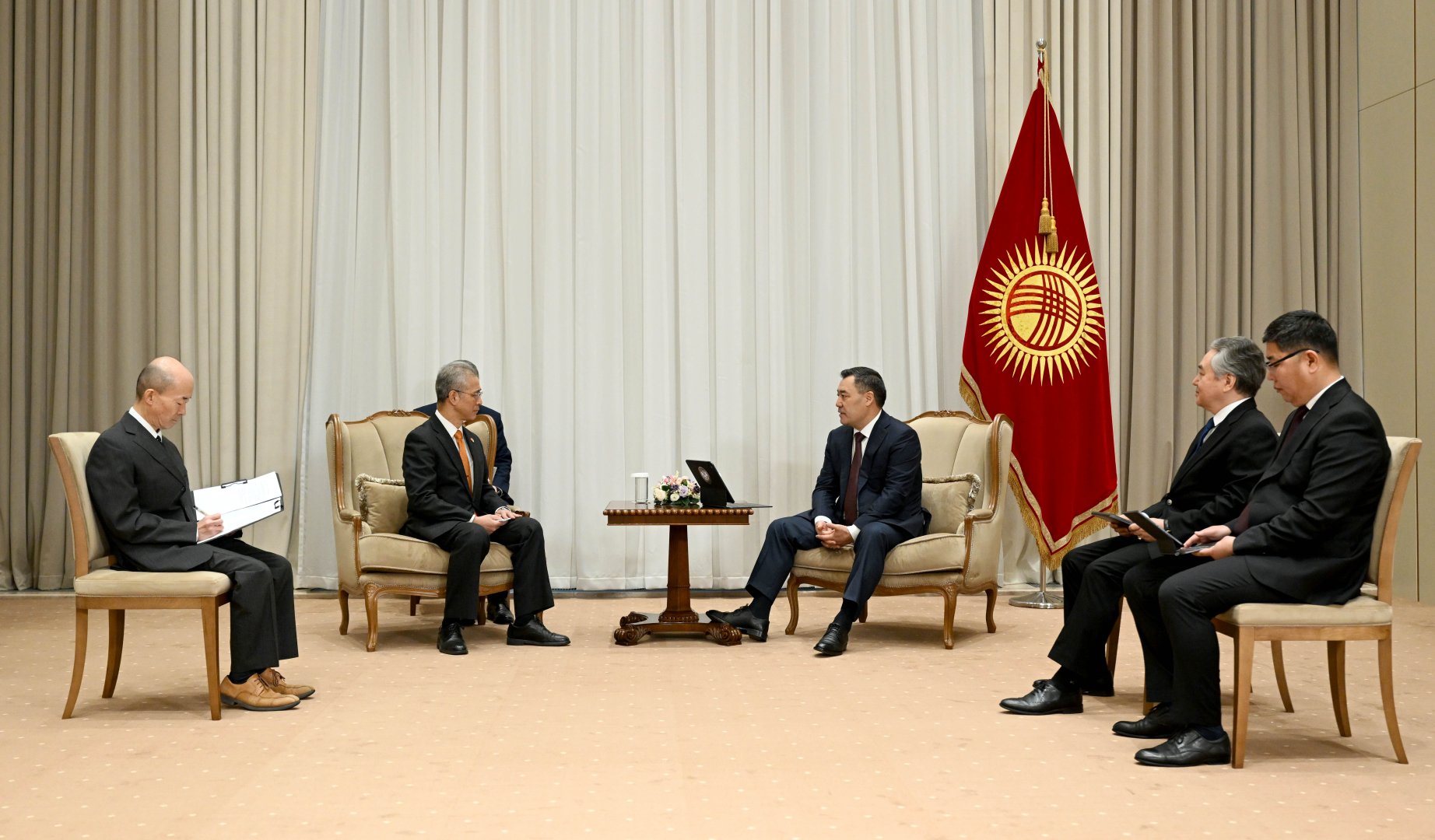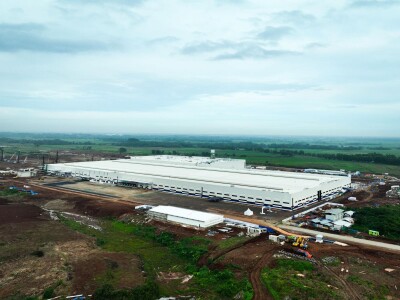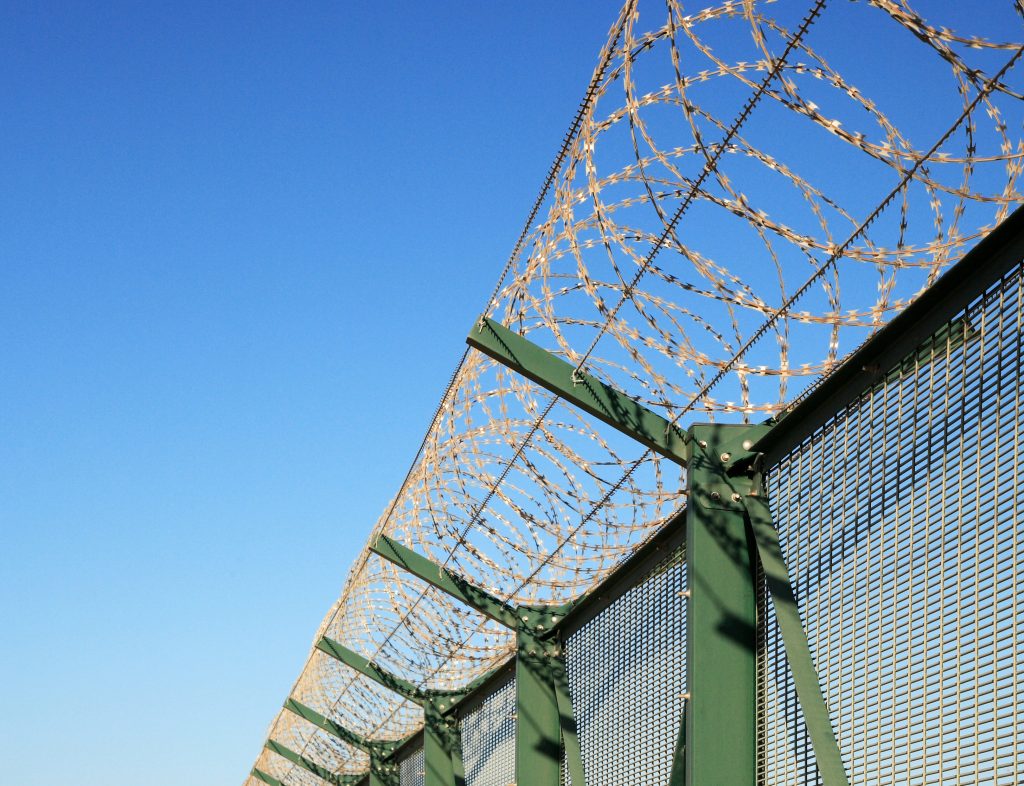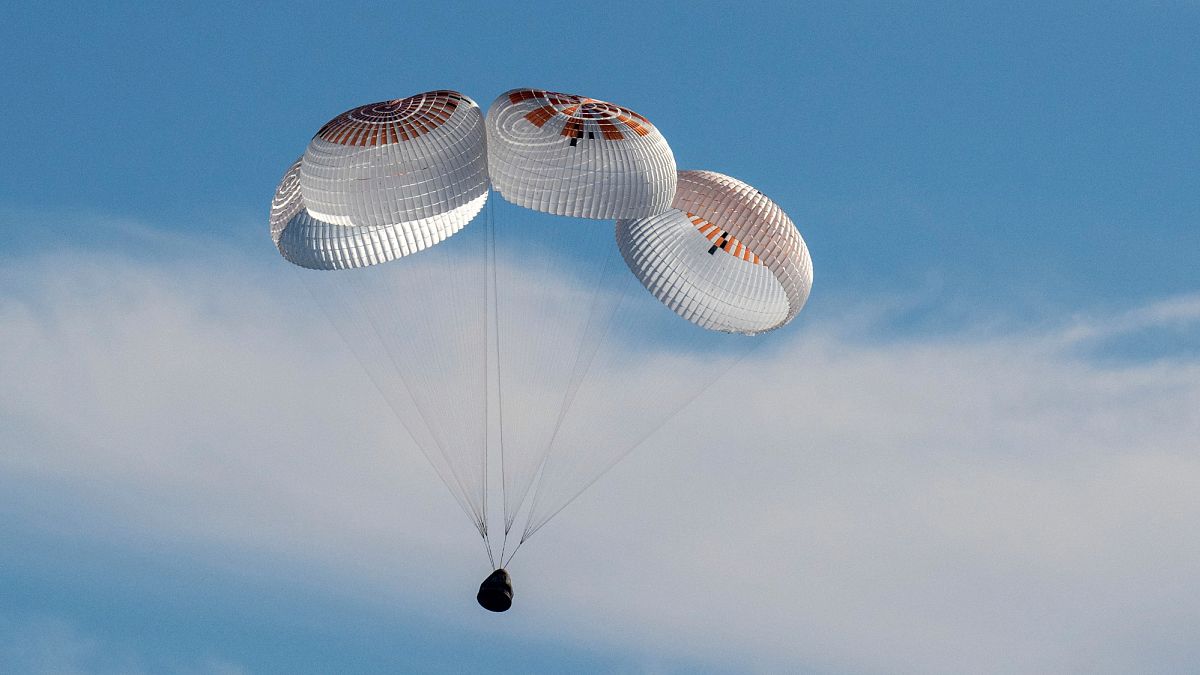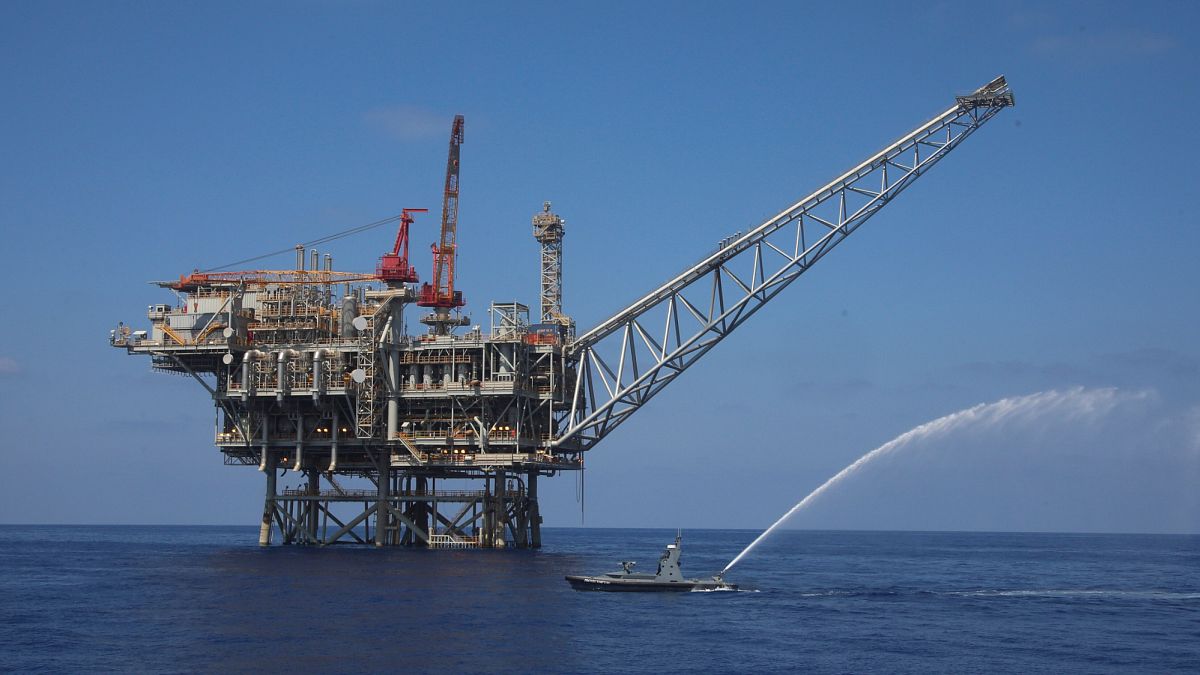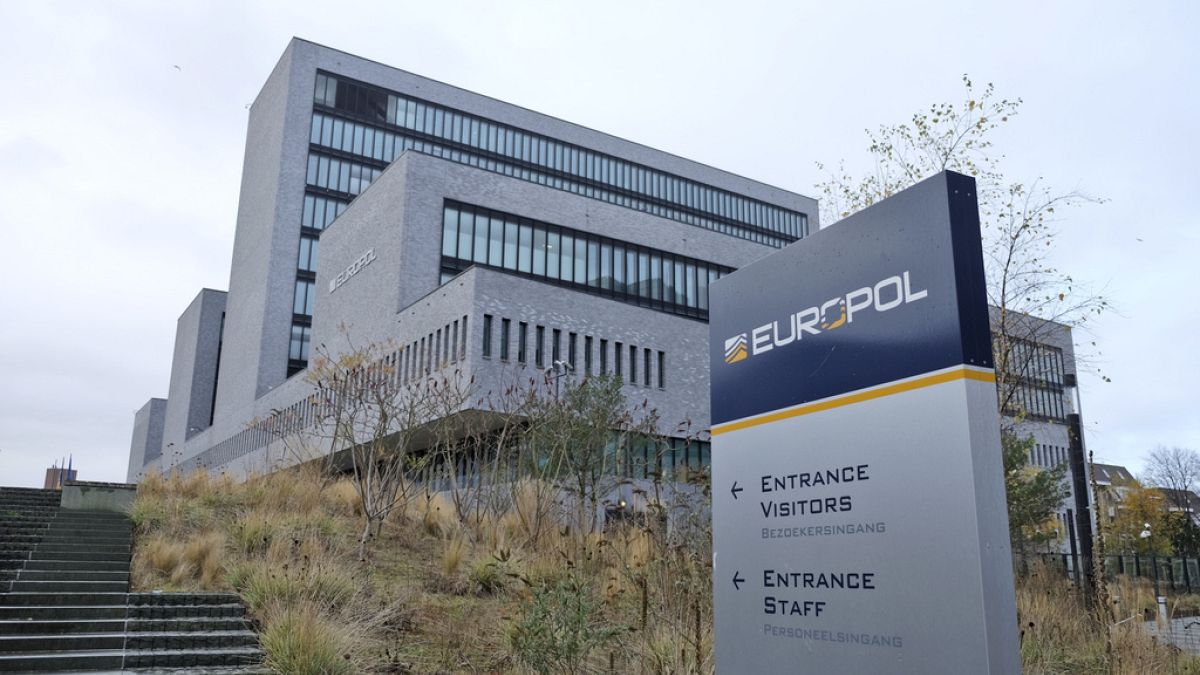A military Schengen to move EU troops
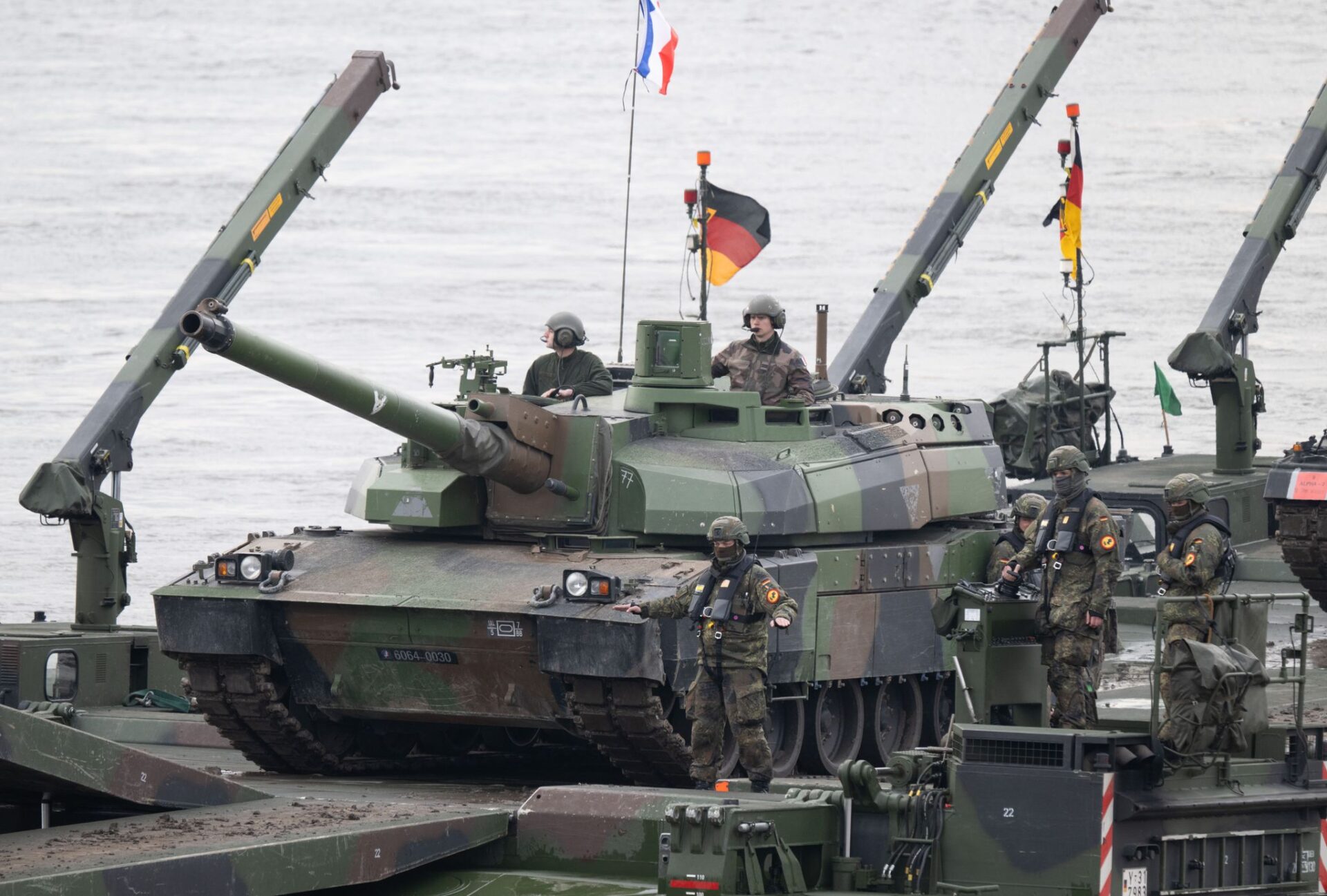
Brussels (ANSA) – Nowadays, it can take up to 45 days to move a tank within the European Union, due to suffocating bureaucracy, restrictive regulations, and inadequate infrastructure. This is a damage that, of course, also affects NATO. Clearly, this is unacceptable, with war at the gates. The Commission has therefore prepared a package of measures to drastically cut the times, from now until 2027.
The goal is to achieve a sort of “military Schengen” – the agreement that regulates the movement of goods and people – enriched with additional elements in case of emergency, true ‘fast tracks’. The maximum time to obtain a transit permit for military convoys within the borders of the 27 must necessarily be reduced to “a maximum of 3 days”. A “National Coordinator for National Transport” will be established, so that communication in the future can be “seamless”.
An emergency system called EMERS (European Military Mobility Enhanced Response System) is proposed: in case of crisis, it can be activated quickly to give “absolute priority” to military transports on road, rail, and airport networks. In the event of an emergency, “automatic exemptions” will be triggered, for example, for the suspension of environmental restrictions and priority access to all transport infrastructures.
A “Solidarity Pool” is also proposed, which is a sort of “catalog of transport means” (aircraft, ships, trains) that the 27 can share in case of need (alongside a “Strategic Transport Reserve” for which civilian operators will commit to providing transport capacity for the EU’s needs in exceptional situations).
On the infrastructure front, there is already a list of 500 priority interventions that will be able to benefit from European funds, distributed along the 4 main transport corridors identified by the European Council last March: bridges, highways, railway junctions, ports, airports: basically everything that needs to be improved to manage flows and non-ordinary masses.
The European Commission here proposes a tenfold increase in community funds for dual-use (civil and military) infrastructure in the next budget (2028-2034), bringing them to 17 billion euros. However, the actual need to secure the system is much higher and is around 100 billion (November 18).
